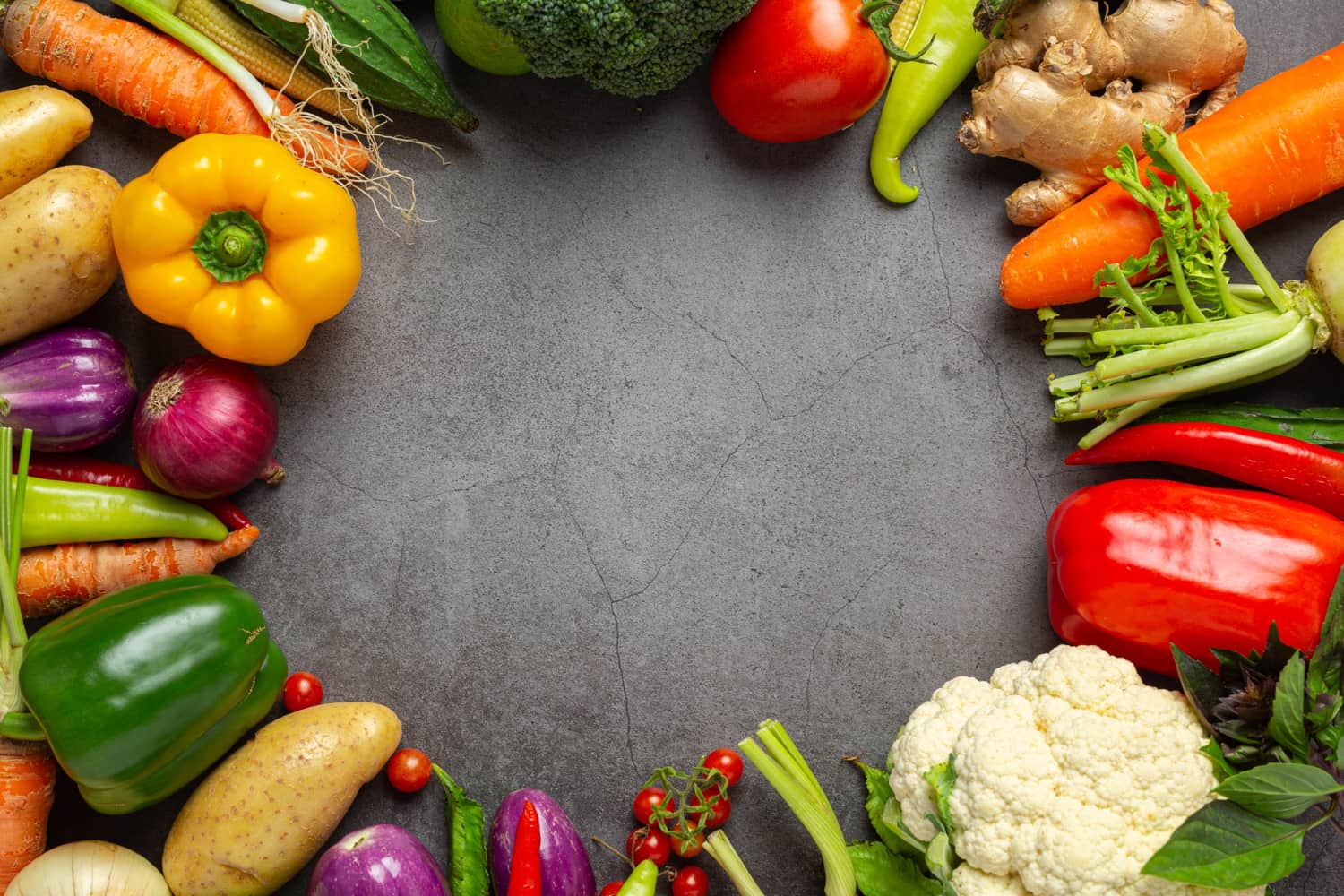- Phone: 306-970-1552
- connect@gentleprocessing.ca
- 18-301 South Industrial Dr. Prince Albert, SK S6V 7L7, Canada

In the realm of food processing, a remarkable transformation is underway—one that champions community agriculture and local sourcing as fundamental pillars of sustainable food systems. This article dives into the significance of local sourcing in food processing, showcasing how it bolsters community agriculture, reduces environmental impact, and fosters a more resilient and vibrant food ecosystem.
Local sourcing involves procuring ingredients and produce from nearby farms and growers. It forges strong ties between food processors and the communities they serve.
As consumers become more conscientious about the environmental impact of their food choices, local sourcing aligns with their desire for sustainable and ethically produced foods.
Local sourcing allows food processors to access fresh, seasonal ingredients that often boast superior flavor and nutritional content.
Shorter transportation distances result in decreased carbon emissions and less food waste during transit, reducing the overall environmental impact.
Local sourcing bolsters regional economies by fostering relationships with local farmers, contributing to job creation, and keeping money within communities.
Local sourcing enhances food security by diversifying supply chains and reducing reliance on distant sources vulnerable to disruptions.
Food processors collaborate closely with local farmers and producers to secure a consistent supply of fresh, high-quality ingredients.
Food processors play a pivotal role in preserving seasonal abundance through methods like canning, freezing, and drying, extending the availability of local products.
By processing locally sourced ingredients into value-added products, food processors can broaden their market reach and showcase the unique flavors of their region.
Seasonal availability can pose challenges. To address this, food processors can explore innovative preservation methods or diversify their product offerings.
Efficient supply chain logistics are crucial. Collaboration with local distribution networks can streamline the sourcing process.
Educating consumers about the value of local sourcing and its positive impact on communities can foster greater support for local products.
Advanced technology, including blockchain and IoT, will enable greater transparency and traceability in local sourcing.
Urban farming initiatives will contribute to local sourcing by bringing agriculture closer to urban centers.
Local sourcing will be a cornerstone of resilient food systems, able to withstand external shocks and provide consistent access to nourishing foods.
Local sourcing and food processing are intertwined forces shaping the future of sustainable food systems. By championing community agriculture and embracing the benefits of sourcing ingredients locally, food processors are not only nourishing their communities but also fortifying the foundations of a more environmentally friendly, economically robust, and resilient food ecosystem. As we continue to embrace the concept of "local first," we recognize that it's not just about where our food comes from but how it brings us together as a community.